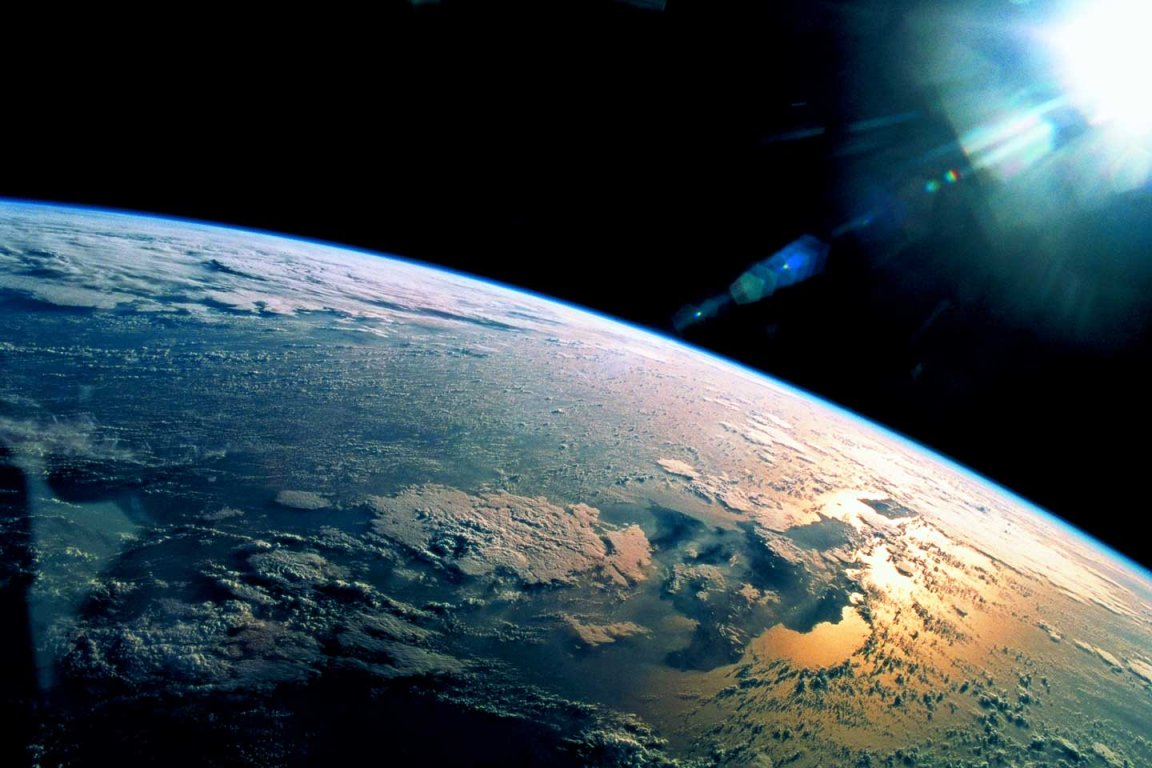
Talking Climate Change
Last year’s adoption of the Paris Agreement, a first-of-its-kind, legally binding global climate agreement, has been met with both a sense of optimism and skepticism. On one hand, the agreement is a sign that much of the world agrees that humans are having a negative impact on the environment and that this is a big problem, but some doubt whether or not the agreement will actually amount to action.
A big test of that commitment is coming up with next month’s Meeting of the Parties to the Montreal Protocol in the Rwandan capital of Kigali.
Signed in 1987, the Montreal Protocol bound members of the United Nations to a treaty to phase out chlorofluorocarbons (CFC). This is now seen as a success as the hole in the ozone layer above Antartica is expected to close some time within the century. At the meeting next month, the members may come to an agreement to phase out the use of another potentially harmful greenhouse gas, hydrofluorocarbon (HFC).

To replace CFCs, different industries started using HFCs, and while this has had no effect on the ozone layer, the chemical does act as a potent greenhouse gas with a global warming effect 23,000 times greater than that of carbon dioxide (CO2).
Obviously, letting such a gas be released in large amounts would make the Paris target of a less than 2°C (3.6°F) increase in global average temperatures harder to accomplish, which is why more than 100 countries have called for a Montreal Protocol amendment to phase out HFCs.
Taking Action
If the meeting in Rwanda does result in a solid amendment with ambitious target dates, it will increase confidence in all players that global leaders were serious when they made The Paris Agreement. A statement by the U.S. government goes to far as to say that “such an amendment is one of the most significant steps the world can take right now to deliver on the goals of the Paris Agreement.”
However, hashing out the details of the amendment will not be easy as several nations disagree on target dates. Some countries, including the U.S., want to freeze the production and use of HFCs around the year 2021. Meanwhile, India wants a freeze date of 2031. To incentivize scaling down HFC use in developing nations (and perhaps help all nations come to an agreement on a freeze date), some countries have pledged $27 million in help to those that phase out. This has been matched by a $52 million pledge from private donors, including Bill Gates.
These million-dollar pledges and agreements like the Montreal Protocol and the Paris Agreement can be used as evidence that world leaders are serious about taking action to protect the environment, and next month’s meeting in Rwanda will hopefully yield more progress on the pressing issue of battling climate change.